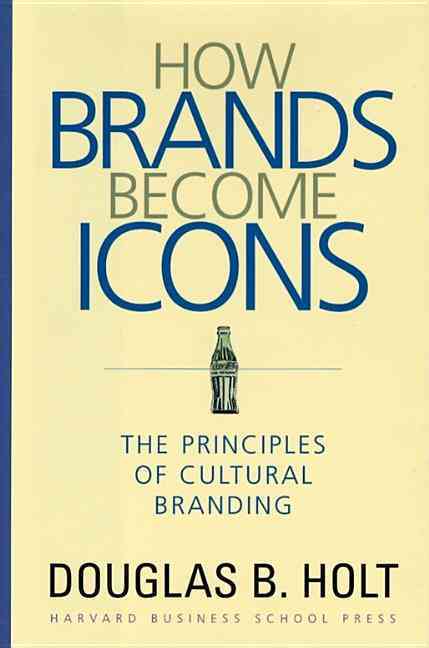內容簡介
內容簡介 Coca-Cola. Harley-Davidson. Nike. Budweiser. Valued by customers more for what they symbolize than for what they do, products like these are more than brands--they are cultural icons. How do managers create brands that resonate so powerfully with consumers? Based on extensive historical analyses of some of America's most successful iconic brands, including ESPN, Mountain Dew, Volkswagen, Budweiser, and Harley-Davidson, this book presents the first systematic model to explain how brands become icons. Douglas B. Holt shows how iconic brands create "identity myths" that, through powerful symbolism, soothe collective anxieties resulting from acute social change. Holt warns that icons can't be built through conventional branding strategies, which focus on benefits, brand personalities, and emotional relationships. Instead, he calls for a deeper cultural perspective on traditional marketing themes like targeting, positioning, brand equity, and brand loyalty--and outlines a distinctive set of "cultural branding" principles that will radically alter how companies approach everything from marketing strategy to market research to hiring and training managers. Until now, Holt shows, even the most successful iconic brands have emerged more by intuition and serendipity than by design. With How Brands Become Icons, managers can leverage the principles behind some of the most successful brands of the last half-century to build their own iconic brands. Douglas B. Holt is associate professor of Marketing at Harvard Business School.
各界推薦
各界推薦 Coca-Cola、Nike、Budweiser等這些知名的品牌已經超越了一個公司經營策略變成了世界知名的文化標記。一個公司如何經營一個品牌,如何強而有力的與消費者對話,產生如此強而有力的共鳴呢?本書以美國一些成功經營的歷史品牌,包括了ESPN、Mountain Dew、Volkswagen、Budweiser等知名品牌,希望藉由討論這些品牌策略的同時,能歸納出一個讓品牌能夠躋身標識的基本原則。 本書作者也是哈佛的經濟學副教授Douglas B. Holt認為要讓一個品牌變成文化的標識,最重要的還是要透過市場策略到市場分析與研究一連串基本功,之後透過具創意的行銷概念與不同國情的策略才是加乘的效果。
